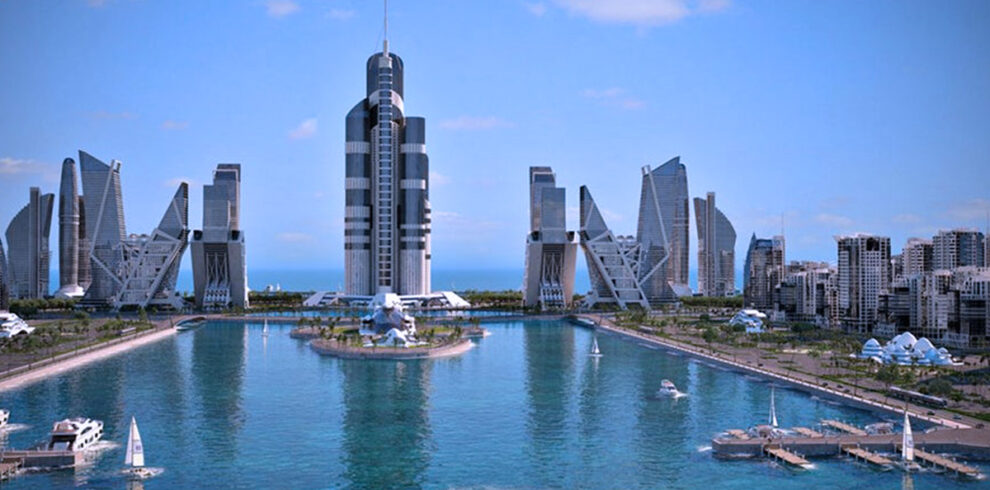Overview
Bandhavgarh National Park
Bandhavgarh National Park is in the central Indian state of Madhya Pradesh. This biodiverse park is known for its large population of royal Bengal tigers, especially in the central Tala zone. Other animals include white tigers, leopards and deer. The mix of tropical forest, Sal trees and grassland is home to scores of bird species, including eagles. To the south are the remains of the ancient Bandhavgarh Fort.
In 1968 the area got its status of a National Park and now has become one of the preferred parks for Tiger Safari in India that includes photographing and tracking Tigers in wild. Bandhavgarh national park is one of the famed tiger abodes of India, sheltering World’s highest density of Bengal Tigers.

The winter season is the best time to visit Bandhavgarh. The months between October to March see Bandhavgarh temperature fall to 10 degrees. These months have a chill in the air, but humidity is low making them ideal for expeditions of the places to visit in Bandhavgarh.
Bandhavgarh Tiger Reserve, Which Was Notified As National Park In 1968, Derives Its Name From The Legends Of Ramayana. It Is Believed That The Fort Inside The Park Was Built By Lord Rama And Given To His Brother Lakshman. Hence The Name Bandhavgarh (Bandhav – Brother And Garh – Fort).
The local delicacies of Madhya Pradesh that you might find here include Dal Bafla, Biryani, Kebabs, Korma, Poha, Rogan Josh, Jalebi, Ladoos as well as beverages like Lassi and Sugarcane Juice.
The wildlife sanctuary is the only attraction there and people visit here just to take part in the incredible safaris. A three days trip to the forest land is enough to experience the wildlife of the place in all its glory. There are 3 core zones in Bandhavgarh, namely – Tala, Magadhi and Khitauli.
Bandhavgarh National Park has three core zones of 716 square kilometres and 820 square kilometres of three buffer zones. Tala zone among the three core zones is referred to as the best zone for tiger safari in Bandhavgarh.
Core zone
- Tala Zone – It is one of the oldest and most popular zones of Bandhavgarh National Park. …
- Magadhi Zone – The zone is also known as Gate 2 of Bandhavgarh National Park. …
- Khitauli Zone – This zone is known as Gate 3 of the Bandhavgarh National Park.
Charger – The Tiger. The alpha male tiger of Bandhavgarh who earned his nickname for occasionally mock charging every vehicle and mahout. All of these roaring tigers at Bandhavgarh are descendants of Charger and Sita, the most well-known female tigress.
Although spotting a tiger in the wild is undoubtedly the park’s key attraction, Bandhavgarh is also home to more than 22 species of mammals, such as chital, sambar, chinkara, chowsingha (four-horned antelope), wild boar, leopard and dhole.
In Bandhavgarh, tourists are allowed into the park twice each day for 3-hour Jeep safaris, once at dawn, and again in late afternoon.
Nearest railway station is Umaria after Katani railway station, from there it is about 40 minutes drive to Nature Heritage. Alternatively, take the overnight train from Delhi to Umaria and drive (30 minutes) to the park. Only jeeps are available for transfers. Khajuraho / Bandhavgarh distance is 250 Kms, (8 hrs drive).
February, March, and April are probably the best times to see tigers in India due to the scenery and temperatures. October to the end of December is ‘green’. After the monsoons, the parks become lush and green, with water filled areas of land making the scenery spectacular.















